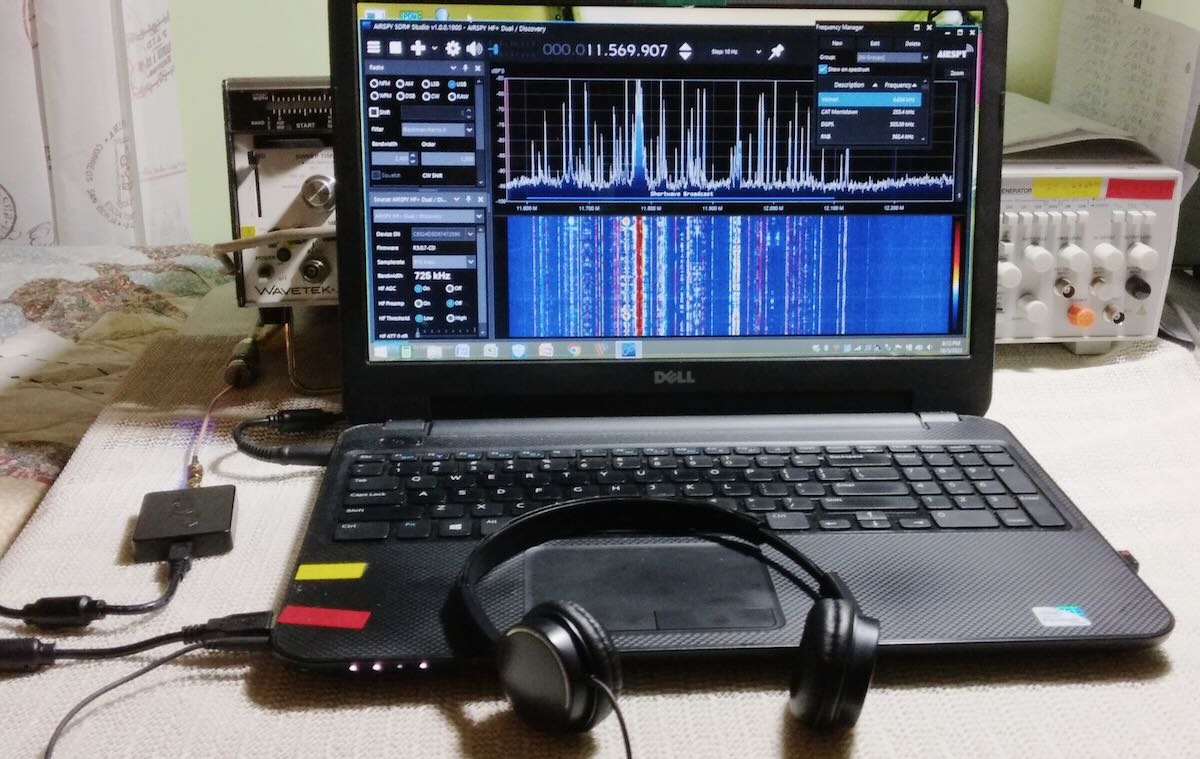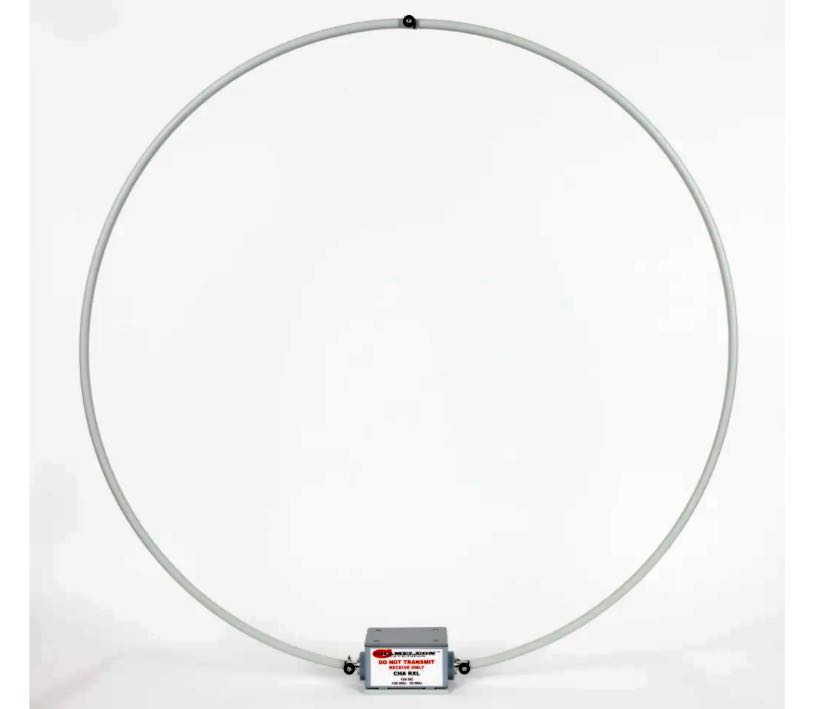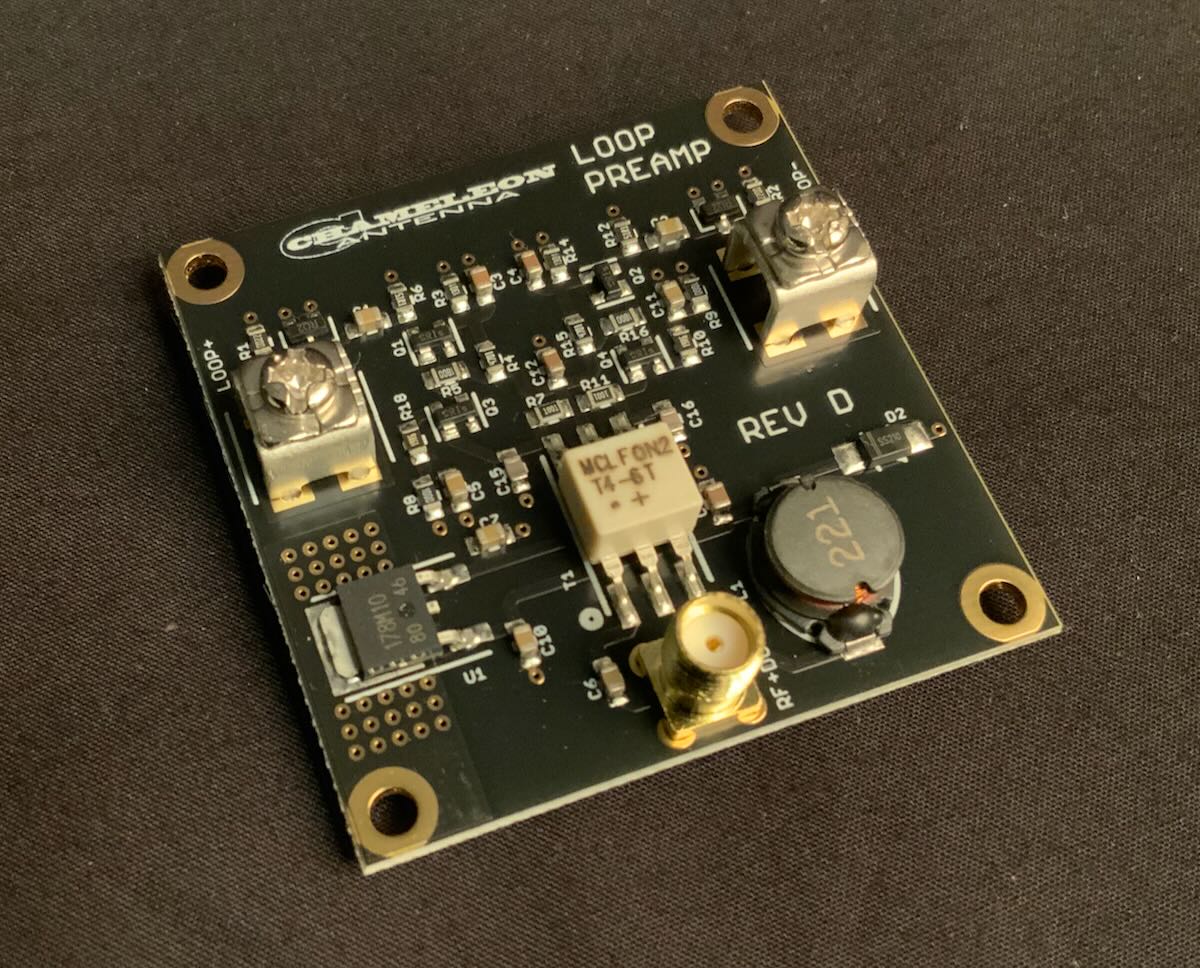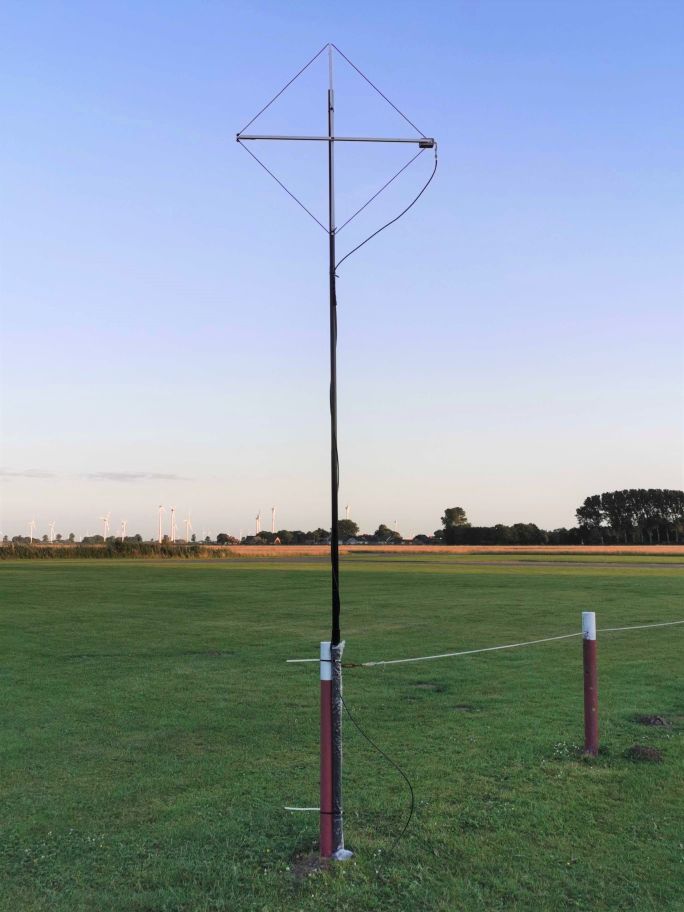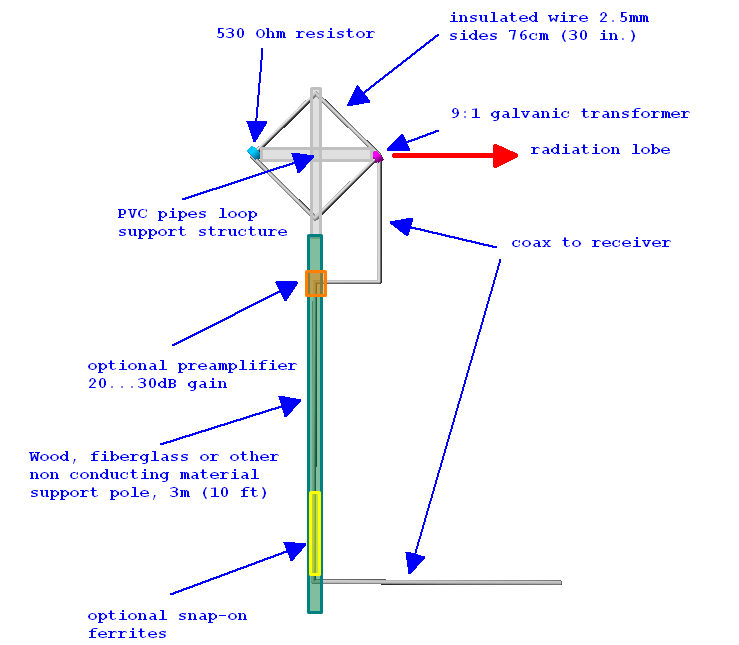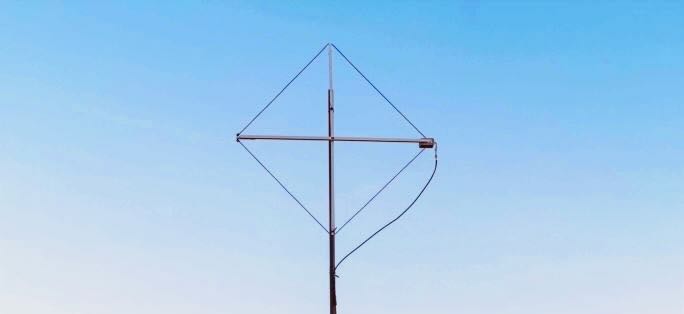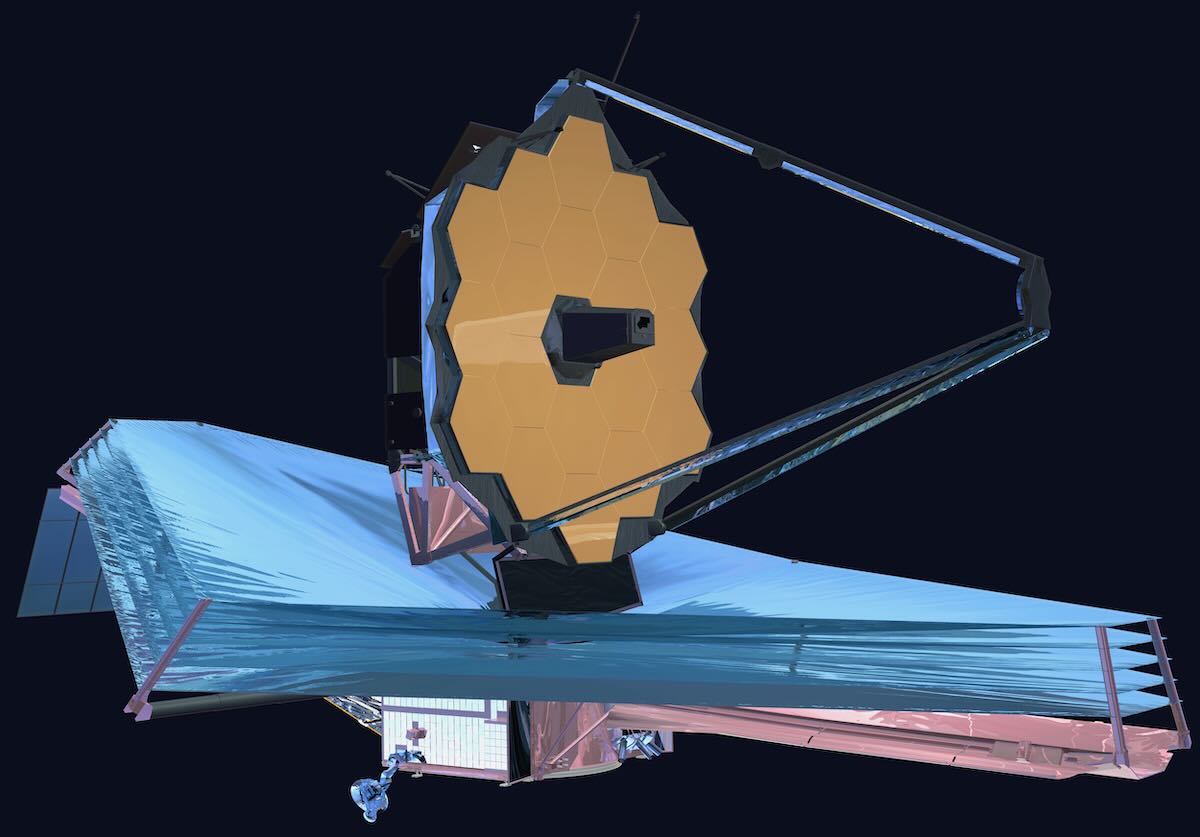Many thanks to SWLing Post contributor, Mario Filippi (N2HUN), who shares the following guest post:
A Short Review of the Airspy HF+ Discovery SDR
by Mario Filippi (N2HUN)
I recently purchased an AirSpy HF+ Discovery. As a SWL for over 60 years who’s owned many shortwave radios by manufacturers such as Drake, Yaesu, Icom, Zenith, Kenwood, Panasonic, Sony, Radio Shack, Grundig, CountyComm, MFJ, Sears, AOR and have used a number of different SDRs such as the RTL-SDR.com, HackRF, NooElec and many other rudimentary inexpensive first generation SDR dongles, I feel the AirSpy was an excellent choice. It cost $169 plus shipping.
For LW/MW/HF reception, I use a 30’ ground mounted vertical with about 50 buried radials in different stages of decomposition hihi. For VHF, a roof mounted 2m/70cm SlimJim antenna is used, but I haven’t done much listening in that portion of the spectrum yet except for occasional foray into the aero, 2m ham, NOAA satellite and public service bands. Note that the AirSpy also covers 60 – 260MHz.
An older Dell Inspiron laptop and SDR# are used in conjunction with the AirSpy. For decoding, MultiPSK, FLDigi, MTTY, Yand (for NAVTEX), along with VB cable are the accompanying software to make the digital modes intelligible.
So far I’ve logged a few local LF aeronautical beacons and some DGPS beacons on longwave but will be in a better position to judge its performance when winter sets in. As for the medium (520 – 1710 kHz) wave AM broadcast band, the AirSpy easily brings in both local stations during daytime and distant stations at night with no adjacent channel interference whatsoever. Even low powered community Emergency Alert Stations in the 1600 – 1710 kHz portion of the band can be heard daily from this QTH. A rotatable loop would certainly improve reception though.
As for shortwave listening the AirSpy HF+Discovery is, in my opinion, great for listening to both shortwave broadcasts and utility stations though I tend to concentrate on UTES mostly such as VOLMET, WEFAX, RTTY (the few that remain unencrypted), CW marker stations (e.g. XSG and XSQ from China) NAVTEX (519 kHz), aero/maritime SSB, time signal stations (WWV, CHU) and many of the other esoteric digital utility signals populating the band. As for SW broadcast stations, WRMI, Radio Exterior, RFI, R. Marti, BBC, WWCR and Radio Algerienne, to mention a few have been received. The Frequency Manager (memory storage) in SDR# has quickly filled up with intercepts using the AirSpy.
As a ham and CB operator (yes, the two can mutually coexist in the same human body), I’ve found the AirSpy HF+ Discovery to be a trouper on all the HF ham and CB bands. One of my favorite hangouts is the 28.100 – 28.300 MHz slice of 10m where domestic and international low power CW beacons transmit their callsigns (and at times their grid squares and power output) into the ionosphere and achieve great distances. Recently, beacons from 5, 6 and 7 land in the US along with DX prefixes ED4, PY4 and XE1 were logged. If you’re into 10m FM operation you can also tune the AirSpy to hear local and distant repeaters on 29.62 – 29.68 MHz. When the band is open, .62 and .64 seem to be the most active here in Central NJ.
If you’re a CB (aptly named the Citizen’s Band) op, the AirSpy HF+ Discovery does a stellar job on Channels 1 – 40 which is especially exciting when the band’s open. While domestic (USA) CB’ers are limited to frequencies from 26.965 – 27.405 MHz you’ll nonetheless hear DX ops below our (USA) channel 1 and above channel 40 conversing in French, Spanish and German in LSB/USB. Add to this mix the fact that the FCC dropped the 150 mile limit for US ops a few years back and now the advent of the FM mode operation in the US, you’ll find the AirSpy won’t disappoint. In my opinion the AirSpy HF+Discovery was an excellent choice and I’m more than satisfied with its performance.
In the matter of honesty and full disclosure, I purchased the AirSpy HF+ Discovery completely on my own in an effort to upgrade my station. My choice was based on information gathered from the Internet and YouTube video reviews. The performance of this receiver was based on my experience using the vertical antenna described earlier, the hours spent at my QTH (location) listening to stations of interest to me and my six decades experience as a SWL. No test equipment to assess sensitivity, selectivity or other empirical methods to measure performance was used. That information can be found on the Airspy website. The main purpose of this article was to craft a rudimentary review for those interested with the caveat that reception will vary depending on many factors such as location, antenna, ionospheric conditions, feedline quality, computer/software variations, QRN, QRM, and operator experience. The results presented in this article are typical for my location; others may experience different results. Thanks very much.

